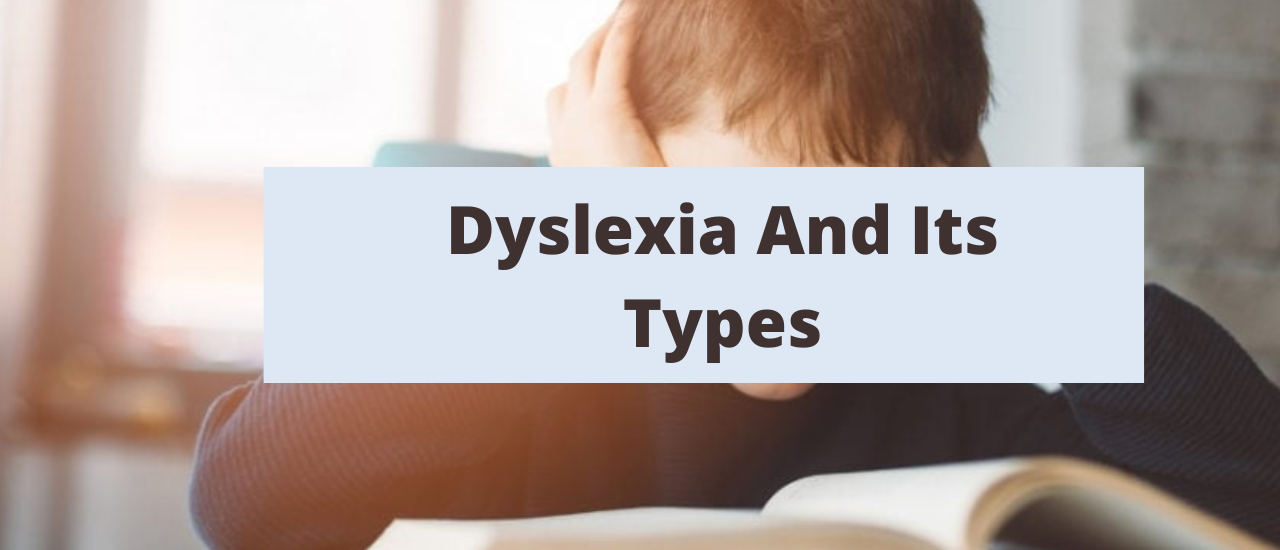


A reading learning disability is dyslexia. Dyslexia disability individuals struggle with reading accurately and quickly. Additionally, they might struggle with writing, spelling, and reading comprehension. Children who have dyslexia frequently have normal vision and are equally intelligent as their peers. But because it takes them longer to read, they have more trouble in school. Spelling, writing, and speaking clearly can all be hampered by problems with word processing. Children and adults who are dyslexic struggle, among other things, to read fluently, spell words correctly, and pick up a second language. However, these issues are unrelated to their general level of intelligence. In actuality, dyslexia is an unexpected reading challenge in a person who has the intelligence to be a much better reader.
Depending on which fundamental cognitive processes are impacted, dyslexia symptoms in children can change. The following are the most typical symptoms of dyslexia in kids:
Twenty percent of the population suffers from dyslexia, which accounts for 80 to 90 percent of all learning disabilities. Scientific studies have revealed differences in brain connectivity between dyslexic and typical readers, giving dyslexics a neurological explanation for why it is difficult for them to read fluently. Children with a family history of dyslexia have higher rates of the condition.
Someone who finds it easy to sound out new words but struggles to identify well-known words at a glance may have surface dyslexia. In this instance, experts contend that in order to process words quickly, the brain in this case fails to recognize how a word appears. This kind of dyslexia makes it more challenging to sound out words that need to be memorized because they don’t sound like their spellings. Visual or dyseidetic dyslexia is other names for surface dyslexia. A dyslexic person frequently struggles with both phonological and surface dyslexia. Among the signs of surface dyslexia are:
Rapid naming dyslexia may be present in people who find it difficult to quickly name colors, numbers, and letters when they are presented with them. Reading speed and reading processing speed may both be affected by this kind of dyslexia. Rapid naming dyslexics are able to pronounce the names of the colors, numbers, and letters.
When dyslexia is mentioned, this particular type is typically what comes to mind. It addresses the challenges of decoding linguistic sounds and matching sounds to symbols. Phonological dyslexia makes it difficult for sufferers to decode or sound out words.
A child may have visual dyslexia if they have trouble recalling what they have read on a page. This type interferes with visual processing, preventing the brain from receiving an accurate representation of what the eyes see. The ability to learn to spell or form texts will be impacted by visual dyslexia because both require the brain to remember the proper letter sequence or shape, which interferes with learning.
There is developmental dyslexia from birth. Both primary and secondary dyslexia fall under this category. Primary dyslexia is caused by genes that are inherited or by a genetic mutation that first appears in the individual. According to some estimates, 40% to 60% of kids who have dyslexic parents will also experience this learning disability. Problems with neurological development during the fetal period are the root cause of secondary dyslexia. The signs of secondary dyslexia appear in early childhood, just like those of primary dyslexia. Trauma dyslexia is caused by Dyslexia can occasionally develop when a disease or traumatic brain injury damages the brain’s language processing centers. Trauma dyslexia is another name for this particular form of dyslexia.
Risk factors typically include:
Although dyslexia symptoms can appear at any time, it is typically identified in children. Dyslexia disorder cannot be diagnosed by a single standardized test. Your doctor may instead refer you to a psychologist for an evaluation after ruling out other potential causes of reading difficulties.